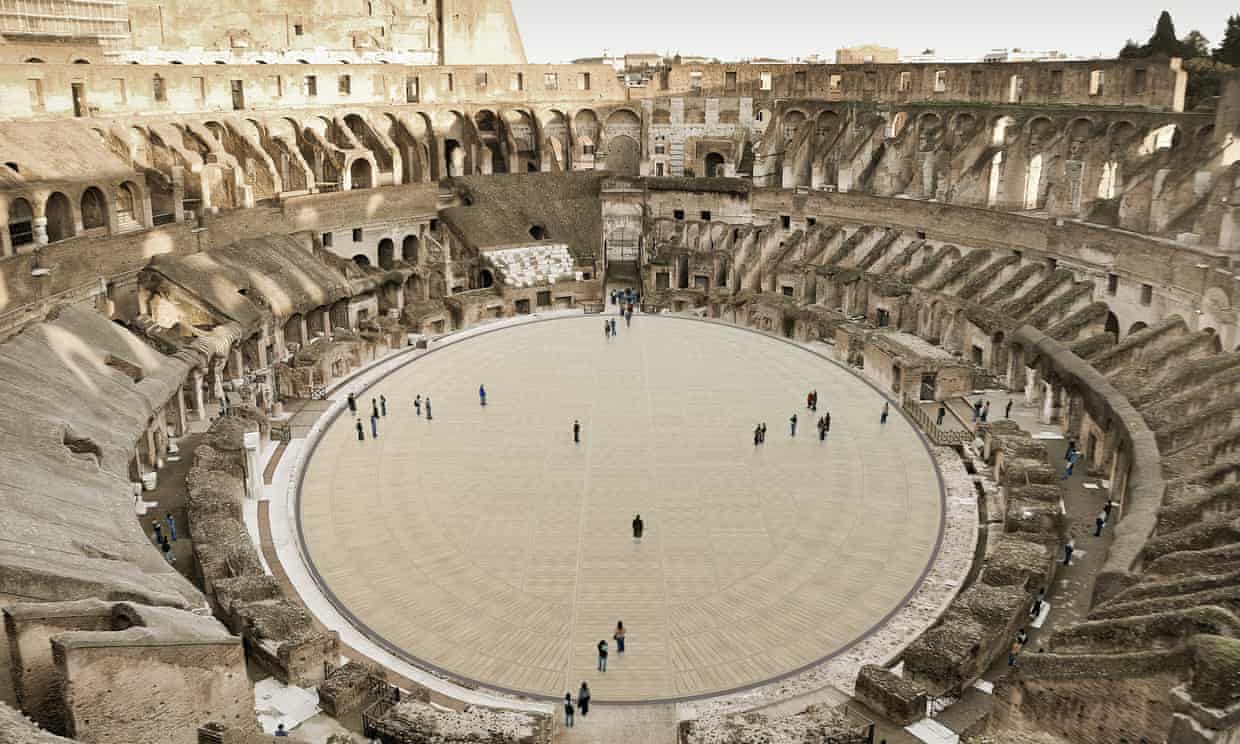The Colosseum might be Italy’s most visited site at 7.6 million annual visitors before the pandemic, but none were able to view the monument’s majesty from the perspective of a gladiator entering mortal combat on the arena floor. That’ll soon change nearly two millennia after its completion thanks to an $18 million intervention by Milan Ingegneria, an engineering consulting firm tasked with creating a retractable wooden floor to cover a series of exposed underground chambers where gladiators and animals once waited before entering the arena. The design features a lattice of specially treated wooden slats that can rotate for air circulation and make the structure’s network of subterranean corridors visible.
“Reconnecting the thread of time, we’re finally returning to the public the same view that people had from the stage of the monument during antiquity,” Alfonsina Russo, director of the Colosseum and its archaeological park, said at a news conference. “The structure is light and recalls both in form and function the original plan of the wooden arena at the time it was first in use,” she continues, noting the new arena floor will feature ecologically sustainable features such as a mechanism to collect rainwater.


